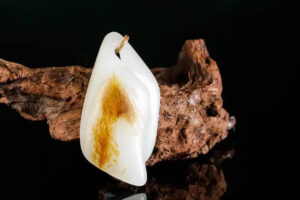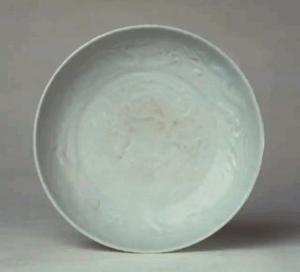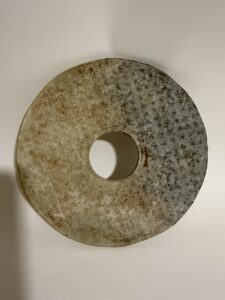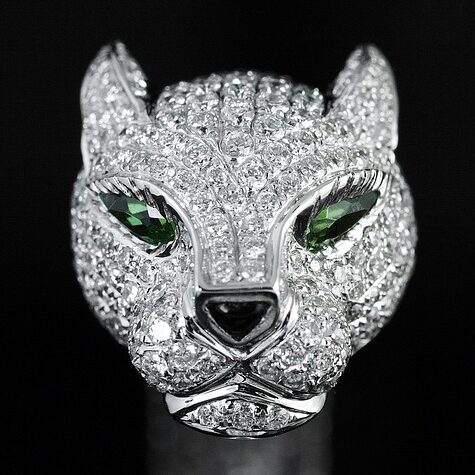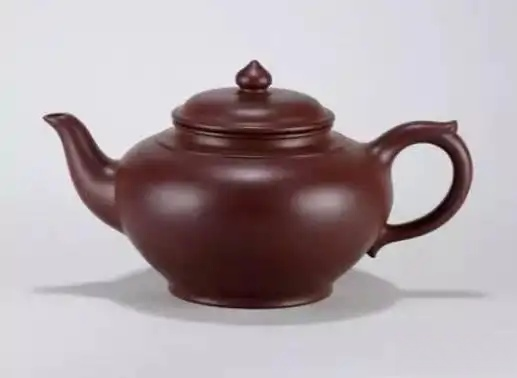
The Collector’s Guide to Zisha Teapot Shapes: A Comprehensive Overview
紫砂壺常見壺型大全,值得收藏!
We encounter various zisha teapots in daily life, yet often don’t know their names. Today we explore the most common classic shapes in zisha artistry.
平時我們見到過各式各樣的紫砂壺,但是並不知道它們都叫什麼名字,今天就來科普一下,最常見的紫砂壺器型都有哪些。
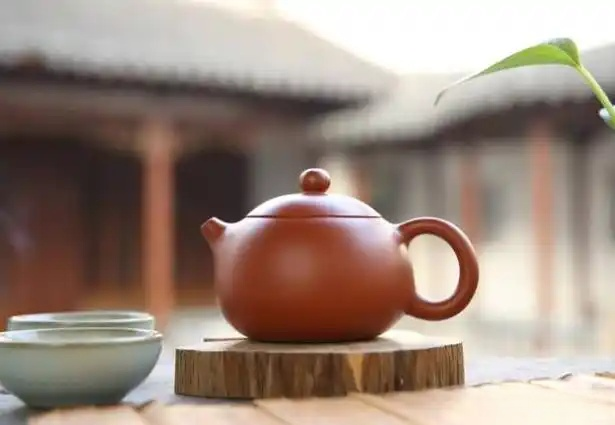
1. Xishi Teapot
一、西施壺
Originally named “Xishi Breast” for its resemblance to the legendary beauty’s form, this teapot features a short slightly thick spout, inverted ear-shaped handle, and flat lid. The base curves inward with a single-pressure bottom. Later generations found the original name indelicate, renaming it “Inverted Handle Xishi Teapot.”
原名西施乳,言壺之形若美女西施之豐乳,流短而略粗,把為倒耳之形,蓋採用截蓋式,壺底近底處內收,一捺底。後人覺「西施乳」不雅,改稱「倒把西施壺」。
2. Duoqiu Teapot
二、掇球壺
“Duo” means stacking; “qiu” means spheres—thus “stacked spheres.” Originally created by Daheng, this classic geometric round teapot represents one of zisha’s finest forms. Its composition features three sequential spheres: knob (small), lid (medium), body (large)—resembling small spheres stacked upon larger ones.
掇,落起來的意思;掇球,落起來的球。掇球壺是典型的幾何型傳統圓壺式,也是最優秀的紫砂壺代表款式之一。它的基本造形是壺鈕、壺蓋、身壺,由小中大三個順序排列的球體組成,似小球掇於大球上。
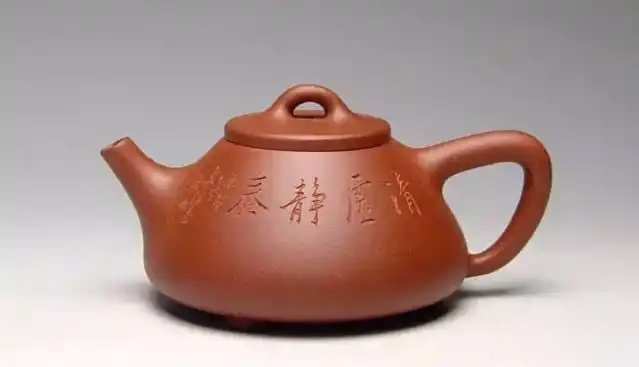
3. Shipiao Teapot
三、石瓢壺
Originally called “stone diao” (a small cooking vessel), this form evolved significantly during Chen Mansheng and Yang Pengnian’s era. The “Mansheng Stone Diao” features small-top-large-bottom pyramid shape with downward center of gravity, stable use, and short powerful cylindrical spout for smooth pouring. Gu Jingzhou later renamed it “Stone Ladle” referencing classical texts, and the name “Shipiao” became standard.
「石瓢」最早稱為「石銚」。從留傳於世的石銚壺看,至陳曼生、楊彭年時期已有很大變化,「曼生石銚」主要特色是上小下大,重心下垂,使用穩當。顧景舟時期引用古文「弱水三千,僅飲一瓢」,「石銚」應稱「石瓢」,從此相沿均稱石瓢壺。
4. Pan Teapot
四、潘壺
Named after Pan Shicheng, a Guangdong official during Qing Daoguang period who commissioned custom teapots from Yixing for personal use and gifts. His fixed forms always bore a Yangwen seal “潘” on the lid rim. Based on body shape: flat persimmon-form called “Short Pan”; slightly taller semi-flat spherical “Middle Pan”; tall pear-shaped “High Pan.”
據《陽羨砂壺圖考》記載,潘仕成字德畲,為清道光廣東番禺人。潘氏訂製的砂壺形制固定,且慣於將印款落於蓋沿之上。由於潘氏聲名遠播,世人乃將此形制稱為「潘壺」。根據器形分為矮潘、中潘、高潘。
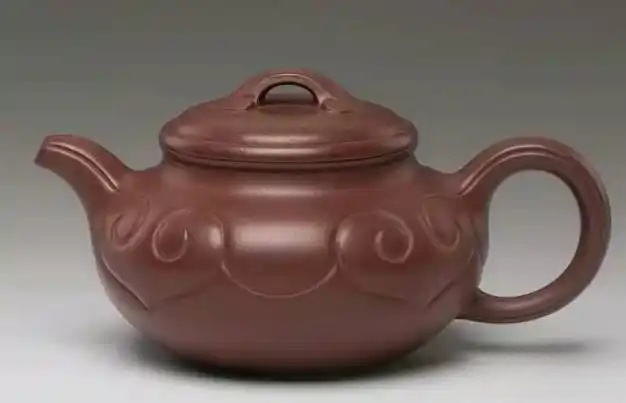
5. Fangu Teapot
五、仿古壺
Some attribute its creation to Qing master Shao Daheng, originally imitating drum shapes. Others credit Zhao Songting designing for Wu Dacheng. Characteristics: flat body, bulging belly, high neck, smooth flat lid with tight seal, rounded full lines, powerful flat knob, natural curved spout, and circular handle with elegant balance.
一說清代邵大亨初創,原意是壺體仿照鼓型。另說最早見於近代趙松亭按吳大澂授意所作。身扁、腹鼓、頸高、蓋板平滑,壺蓋與口沿子母線吻合嚴密,合成圓線飽滿,扁鈕有力,二彎流胥出自然,圈把勻勢而起。
6. Dezhong Teapot
六、德鐘壺
Capacity: 180cc, made from original Di Cao Qing mineral clay from Yixing’s Huanglong Mountain. Considered the highest quality zisha material, historically praised by potters and beloved by master Gu Jingzhou. The name derives from local dialect pronunciation.
容量:180cc,原礦底槽青。底糟青名泥產於江蘇宜興黃龍山系,為歷代陶人推崇之首,亦為數百年來經典名器,及已故顧景舟大師最鍾愛之名泥。
7. Rongtian Teapot
七、容天壺
Inspired by Buddhism’s big-bellied Luohan, named “containing the world” from its generous capacity. Created by master Lu Yaochen—early versions were lower, later versions taller. Challenging to capture its essence: added short neck to full-bodied form, hemispherical lid for rustic charm, excellent pouring functionality, and visually stable dignity.
取材於源於佛教中的大肚羅漢,取名源於「肚大能容天下事」。中國工藝美術大師呂堯臣首創。在氣韻飽滿的壺身上添加一微微矮頸,壺蓋增高成半球狀,平添拙樸童趣。出水效果極佳,視覺上穩重大度。
8. Xiaoying Teapot (笑櫻壺)
八、笑櫻壺
A classic zisha form renowned for its perfect tension and proportions. Though seemingly simple, its contour structure and detailed scaling create perfect harmony. Named from historical allusion “Yingning’s smile dissolves thousand worries,” its blended glazes embody traditional culture’s “gentlemen harmonize while differing” spirit.
笑櫻壺是紫砂壺中的經典壺型之一,流傳甚廣,皆因其張力十足。由於形體輪廓、結構比例、尺度的細部處理安排得當,恰如其分。據說造型出自「嬰寧一笑」的歷史典故,表現出傳統文化中「君子和而不同」的精神內質。
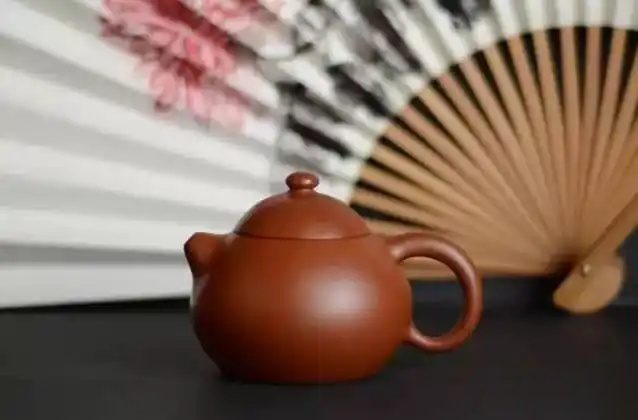
9. Wendan Teapot
九、文旦壺
Created late Ming-early Qing, resembling Xishi and Guifei teapots but emphasizing ancient simplicity over delicate beauty. Qing scholar Wu Meiding praised: “For imitating forms with exquisite detail; charm rivals Beauty’s Shoulder, style surpasses Xishi.” In literati eyes, its elegance compares to beautiful shoulders and Xishi’s curves.
文旦創於明末清初,形與西施、貴妃壺相近。前者則重古拙,這也與當時藝術審美注重相關。清代文人吳梅鼎曾經稱讚文旦壺:「至於摹形象體,殫精畢異;韻敵美人,格高西子。」
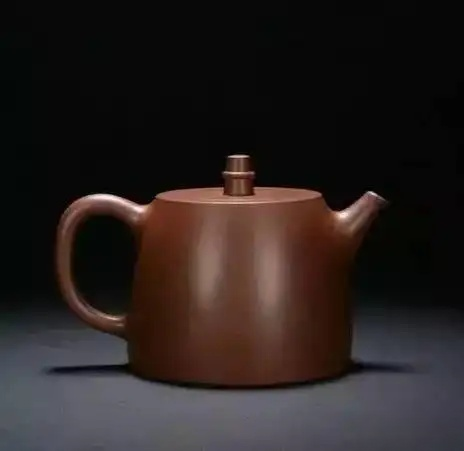
10. Handuo Teapot
十、漢鐸壺
“Han Duo” means Han Dynasty duo (large bell). According to Shuowen Jiezi: “Duo, large bell.” Resembles yongzhong bells but smaller. Mei Dingding (1839-1906), acclaimed Qing calligrapher, created the most historically significant Handuo teapot with his inscriptions.
漢鐸,即漢朝之鐸。《說文》中對鐸的解釋是:鐸,大鈴也。形狀有些像甬鐘,但體積小。梅調鼎為之作銘的漢鐸壺可算是目前在紫砂歷史上最據研究價值的漢鐸壺了。
11. Paozun Teapot
十一、匏尊壺
“Pao” from Shuowen Jiezi: “From package from gourd. Package.” Paozun: wine vessel from dried gourd. Su Dongpo’s First Ode to Red Cliff mentions: “Sailing leaf-like boat, raising paozun to toast.” Chen Mansheng’s classic design升华 from his gourd-inspired creations.
《說文》:「從包從瓠。包,取其可包藏物也。」匏尊:以乾匏製成的酒器。蘇東坡《前赤壁賦》有「舉匏尊以相屬」。經典「匏尊」壺是陳曼生「匏壺」的升華。
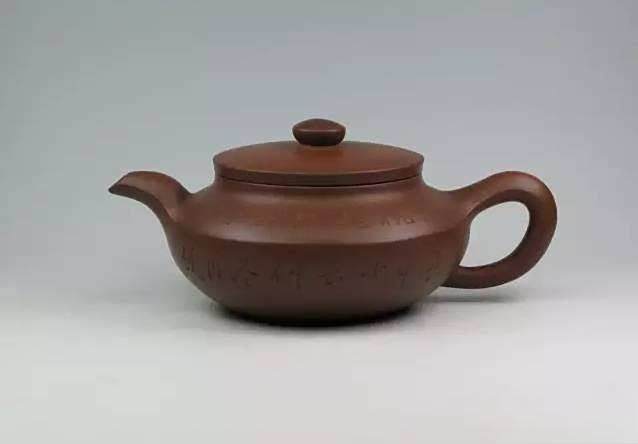
12. Hanbian Teapot
十二、漢扁壺
Flat circular form with full rounded base, shoulder rounded edges, smooth mouth-shoulder transition, flat lid with reverse-arc decoration, flat circular knob creating size contrast. Tension from abdominal-shoulder-mouth angles stabilized by large flat lid. Curved spout and outward-pulling handle create flowing line.
形體扁圓,底部圓韻而豐滿,肩有圓棱,口與肩平滑舒展,平蓋,蓋邊飾反弧線,扁圓鈕形成大小對比。腹肩口產生曲折剛勁的張力。嘴微曲,大把向外拉出,相互呼應,生動自然。
13. Jinglan Teapot
十三、井欄壺
As name suggests, shape derives from well railings. “Jinglan” appears frequently in traditional culture—in fortune-telling studies, Chen-style tai chi (41st form “Return to Well Railings Direct Entry”). Actual well railings (also called well beds/frames) protected wells while beautifying environments.
顧名思義,其造型源於井欄。「井欄」一詞,傳統文化中多見。實際生活中的井欄即井之護欄,亦名井床、井干,既可護井,又能起到美化環境作用。
14. Hanjun Teapot
十四、漢君壺
Created early 1960s during zisha’s downturn as public-serving teaware, now relatively precious. Mass-produced commercially, this style varies significantly based on potters’ cultivation. Originally resembled Mansheng’s flat stone teapot, evolving to flat-lid Hanjun during late Qing-early Republic.
漢君壺是六十年代初,紫砂陶趨於低谷時所製,為大眾服務之茗壺,至今比較珍貴。漢君壺原似曼生扁石壺之式,清末民初為平蓋漢君壺,基本定型。
15. Qieduan Teapot
十五、茄段壺
Shape inspired by ripe eggplants on branches. Best expressed using premium purple eggplant clay. Eggplant stem as knob creates lively interest; full presence with tension at breaking point; spout and handle harmonize naturally. Surface demonstrates zisha’s superior properties—deep purple crystal tones, ancient jade warmth.
茄段壺,造型靈感來自枝頭成熟的茄子。以茄蒂為壺鈕,生動有趣;氣度飽滿,將張力處理在欲破不破之間;流、把的呼應自然順暢。壺面充分表現出紫砂的種種優越屬性。
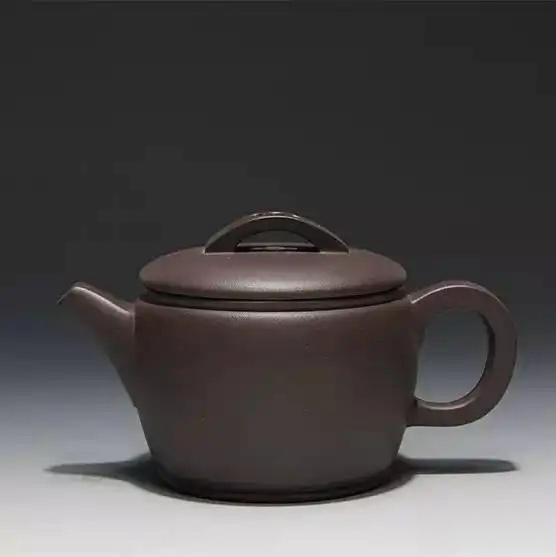
16. Hanwa Teapot
十六、漢瓦壺
Belonging to round ware category, reproduced by numerous artists. Yang Pengnian’s version remains memorable: cylindrical body widening upward, short straight spout, slightly arched flat lid, bridge knob with海棠 pattern carving. Hard clay texture, dark red sand color. Lid mouth circular but irregular, tight when turned, knob can lift entire pot.
漢瓦屬於圓器當中的一種。楊彭年的一款漢瓦壺給人深刻印象:圓筒形壺體,上侈下教,短流勢較直。蓋平略見弧,橋式鈕,鈕面陰刻海棠紋樣。泥質堅結,砂色暗紅。壺蓋子口製作圓而不規,轉捻即緊,拈鈕可以翕起全壺。
Read More
- Cloisonné Through the Ages: A Comprehensive Analysis
- Jadeite in Feng Shui: Purifying Energy and Enhancing Well-being
- Qianlong Garden: Masterful Interior Wood Carving Decor
- The Collector’s Guide to Zisha Teapot Shapes: A Comprehensive Overview
- Jadeite’s Global Appeal: From Eastern Tradition to Western Red Carpet

